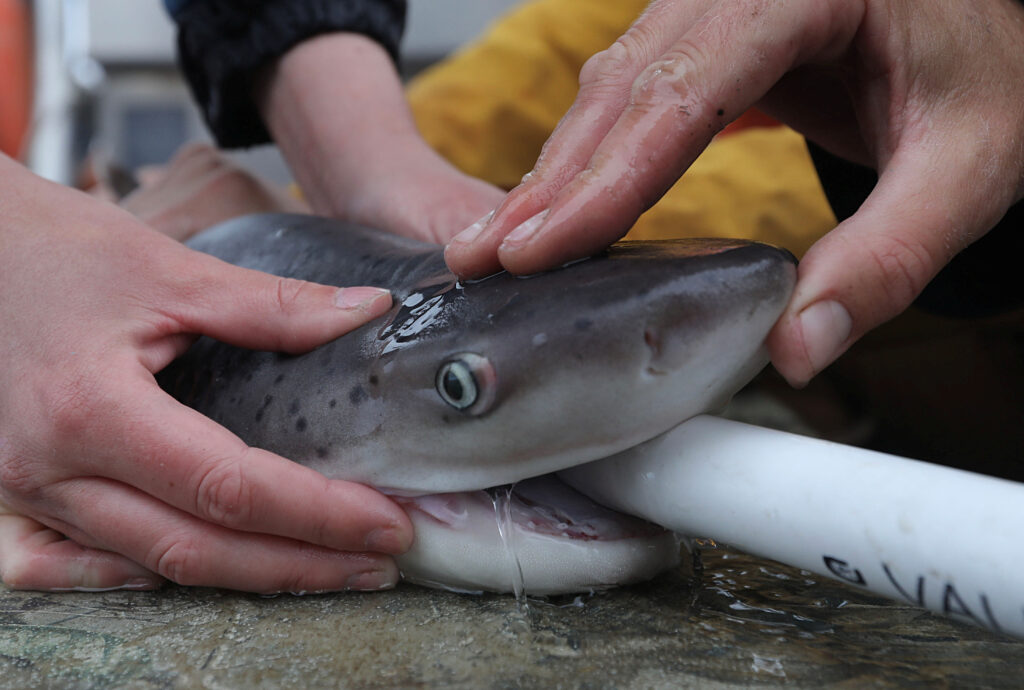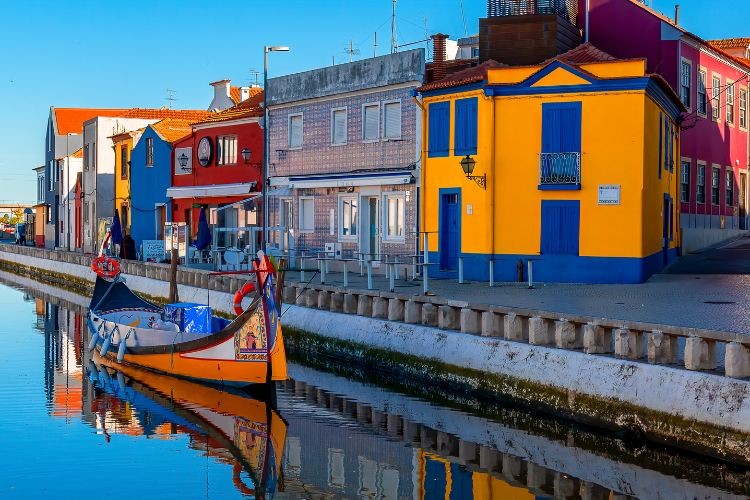By Nathan Frandino
BERKELEY, California (Reuters) – Meghan Holst studies the broadnose sevengill shark, so she was naturally concerned when record-setting rain this year altered the shark’s nursery grounds in San Francisco Bay.
But the species appears to have withstood the challenge, based on initial observations from a recent outing on the water by Holst, a 31-year-old doctoral student in conservation ecology at the University of California, Davis.
Next, perhaps, will come California Fish and Game Commission protections for the sharks in San Francisco Bay, which she considers a nursing and pupping ground for a species believed to be in decline. Research like hers can help support such a designation.
San Francisco Bay is one of the world’s only known year-round nurseries for the species, Holst said, making the habitat critical to monitor. The sevengill, known for its thick body, broad head and blunt snout, measures up to 10 feet (3 meters) long and eats various fish including other shark species and rays, dolphins, seals and other prey. As its name indicates, it has seven gills, while most shark species possess five.
Heavy rain and snow in California last winter replenished reservoirs after a severe drought, but the resulting freshwater runoff into the bay may have affected the ecosystem, including salinity levels.
“That’s something I’m really interested in and looking at is where are they going when maybe the water is too fresh in San Francisco Bay for them and they might get pushed out,” Holst said from aboard her research vessel in the bay. “So the fact that they’re here today is awesome.”

Holst and her crew count the shark’s seven gills each time they catch a member of the species with rod and reel, using salmon as bait. The team collects all manner of data, taking blood and muscle biopsy samples, before releasing the sharks back into the bay. Many of these sharks were juveniles, much smaller than the full-grown adults.
Up early, they motor through tides on frequently foggy mornings, navigating secret fishing spots to drop anchor.
“This is the only population that we know of that is putting all of their pups in one location in this nursery ground. … So if something happens to San Francisco Bay, then we might lose an entire cohort of these sevengill juveniles,” Holst said.
The species also can be found elsewhere around the globe, including in waters off New Zealand, South Africa and Argentina. Population numbers have proved difficult to determine for scientists, though the International Union for Conservation of Nature describes the species as vulnerable and says the population trend is decreasing.
“Sharks are a really great sign for a healthy, sustainable ecosystem, and they are what keeps our ecosystem in check,” Holst said.



